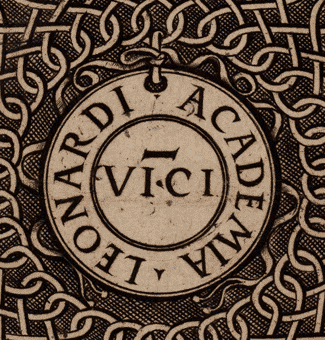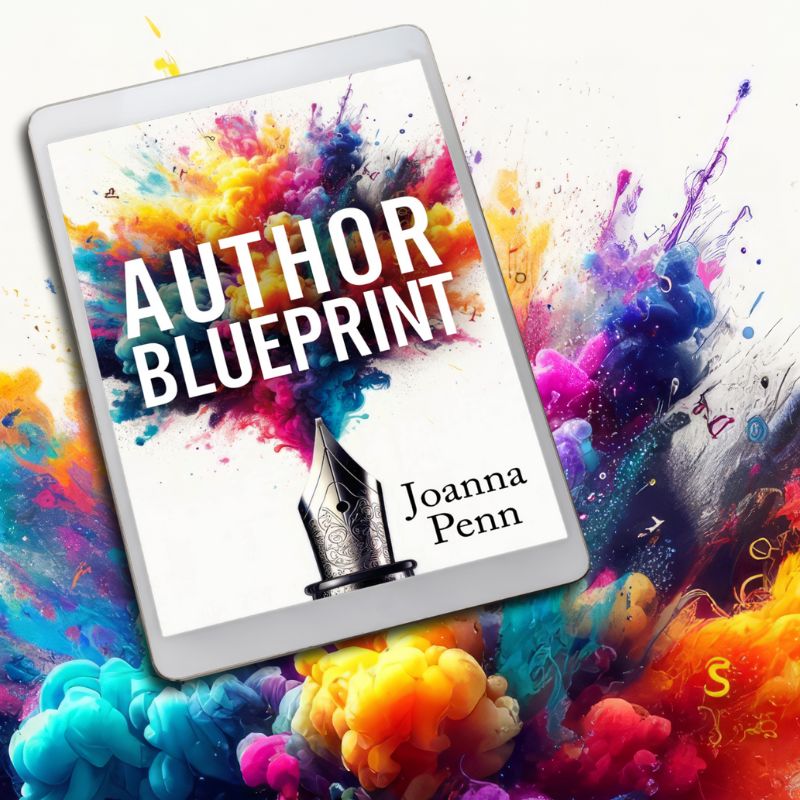Damien Hirst is my favorite modern artist and sculpture is my favorite physical art form, so when I heard Hirst was doing his latest exhibition in Venice, I booked immediately. It’s only a two-hour …
7 Lessons For Writers From Leonardo Da Vinci
One of the reasons I moved back to London from Australia was the density of cultural treasures in this area of the world. My muse is European and I find my inspiration in art, architecture, and …
Continue Reading about 7 Lessons For Writers From Leonardo Da Vinci →
Is The Future Of Print Books Limited Edition Beautiful Art?
Kindle ebook sales have now eclipsed paperback sales at Amazon.com which means the way people consume books has fundamentally changed. Even if you haven't embraced the ebook revolution yet, you must …
Continue Reading about Is The Future Of Print Books Limited Edition Beautiful Art? →

